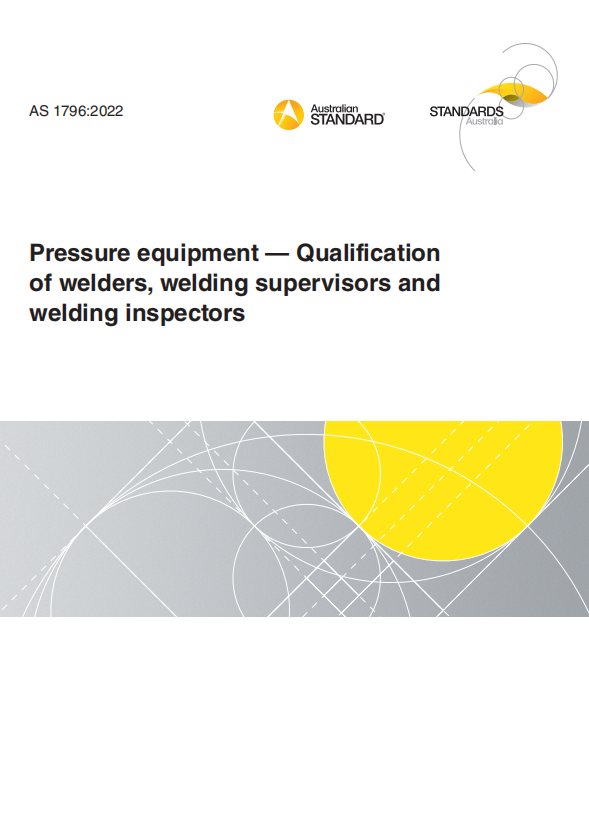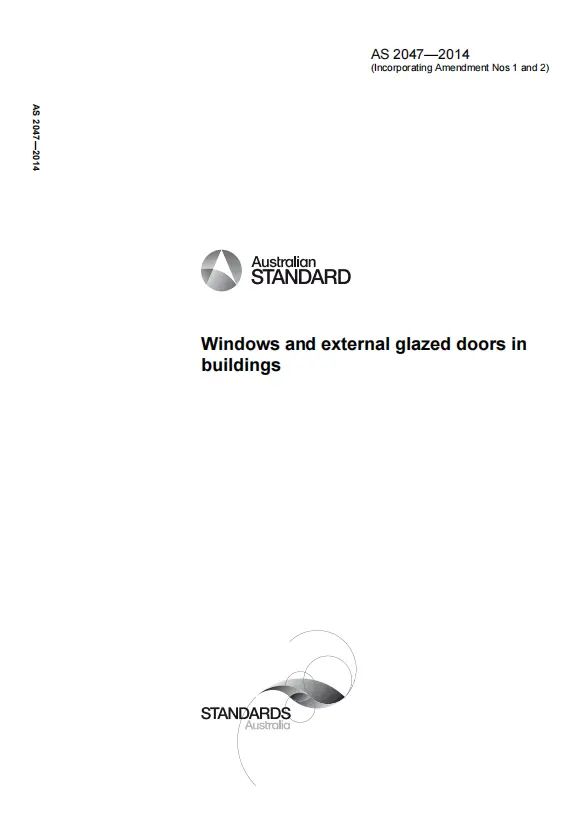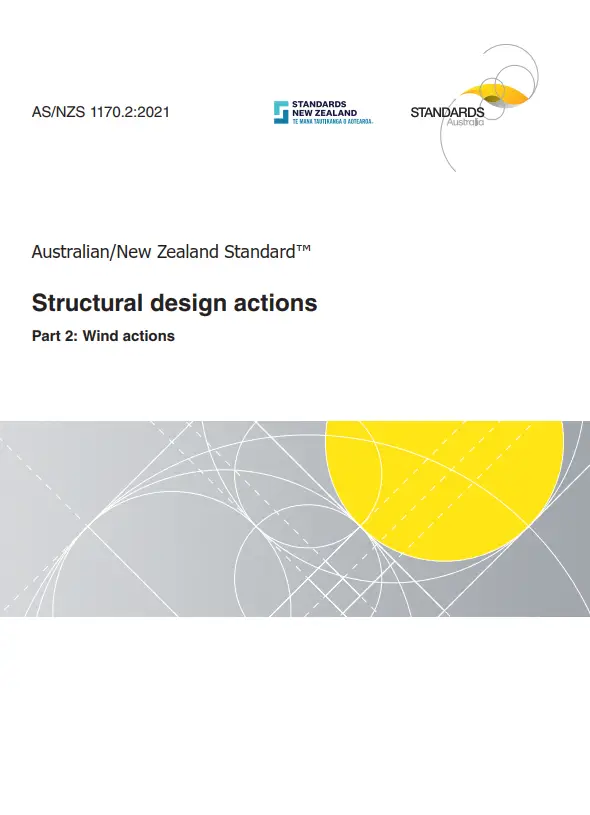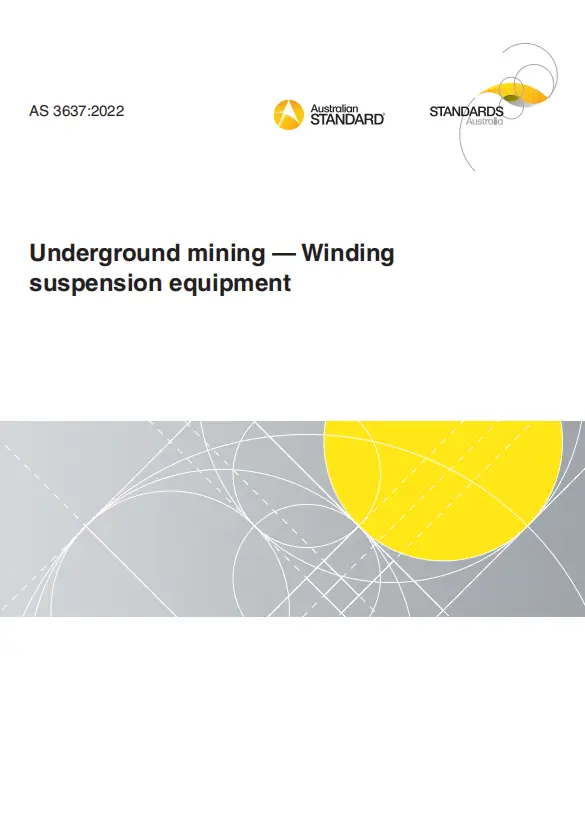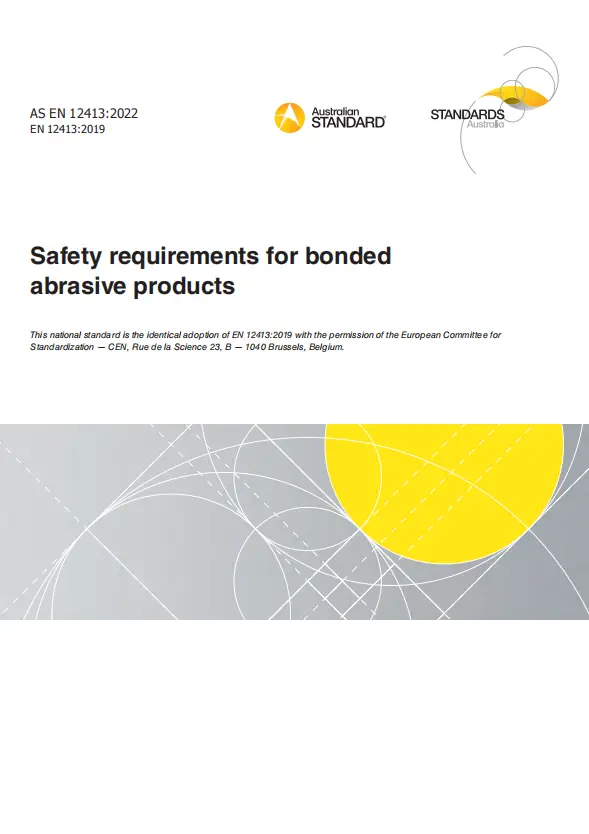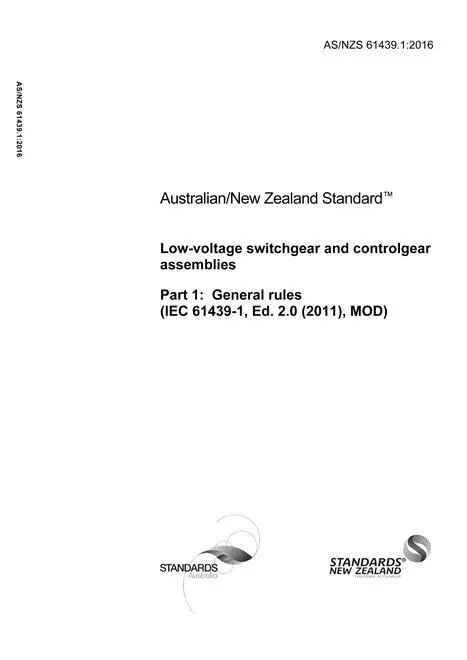Table of cotents
Preface
1 Scope and general
1.1 Scope
1.2 Application
1.3 Normative references
1.4 Terms and definitions
1.5 Examination and assessment process
1.5.1 General
1.5.2 Impartiality
1.5.3 Quality system
1.5.3.1 General
1.5.3.2 Audit
1.5.3.3 Records
1.5.4 Examination
1.5.4.1 Application and supporting documentation
1.5.4.2 Theory examination
1.5.4.3 Practical tests
1.5.4.4 Appeals
1.5.5 Assessment
1.5.5.1 Visual and destructive tests
1.5.5.2 Non-destructive examination
2 Welder qualification
2.1 Pre-examination requirements
2.1.1 General
2.1.2 Documentation
2.1.3 Title and types of certificates
2.1.4 Certificates No. 1 and No. 1E
2.1.5 Certificate No. 2
2.1.6 Certificates No. 3 and No. 3E
2.1.7 Certificate No. 4
2.1.8 Certificate No. 5
2.1.9 Certificate No. 6
2.1.10 Certificate No. 7
2.1.11 Certificate No. 8F
2.1.12 Certificate No. 8G
2.1.13 Certificate No. 9
2.2 Theory examination
2.2.1 Syllabus
2.2.2 Modification of the syllabus
2.2.3 Type of examination
2.2.4 Evidence of prior learning
2.2.5 Duration of examination
2.2.6 Criteria for examination marking
2.3 Practical tests
2.3.1 Types of practical tests
2.3.2 Elective tests
2.3.3 Test pieces
2.3.3.1 Type and dimensions of test piece
2.3.3.2 Material for test piece
2.3.3.3 Supply of test pieces
2.3.3.4 Weld preparations for test pieces
2.3.4 Welding consumables
2.3.4.1 Types of consumables
2.3.4.2 Use of electrode
2.3.4.3 Supply of consumables
2.3.5 Assembly of test pieces for welding
2.3.5.1 General
2.3.5.2 Tack welds
2.3.5.3 Run-on and run-off pieces
2.3.5.4 Supports for test plate
2.3.6 Making a test weld
2.3.6.1 General
2.3.6.2 Butt welds in plate
2.3.6.3 Butt welds in pipe
2.3.6.4 Fillet welds on plate
2.3.6.5 Removal of imperfections
2.3.7 Thermal cutting test
2.3.7.1 Purpose of test
2.3.7.2 Method
2.3.8 Gouging test
2.3.8.1 Purpose of test
2.3.8.2 Method
2.3.9 Replacement of test piece
2.3.10 Heat treatment of test plates
2.3.11 Identification of completed test plates
2.3.12 Exemption from thermal cutting and gouging test
2.3.13 Duration of practical tests
2.4 Assessment of practical tests
2.4.1 General
2.4.2 Examination and assessment of practical tests
2.4.2.1 Methods of examination
2.4.2.2 Methods of assessment
2.4.2.3 Amount of examination
2.4.3 Visual examination
2.4.3.1 Method for examining welds
2.4.3.2 Criteria for assessment
2.4.4 Destructive testing
2.4.4.1 Extent of testing required
2.4.4.2 Dimensions of test specimens
2.4.4.3 Location of test specimens
2.4.5 Bend tests
2.4.5.1 General
2.4.5.2 Purpose of test
2.4.5.3 Transverse guided bend test
2.4.5.4 Requirements
2.4.6 Nick-break test
2.4.6.1 Purpose of test
2.4.6.2 Method
2.4.6.3 Requirements
2.4.7 Fillet break test
2.4.7.1 Purpose of test
2.4.7.2 Method
2.4.7.3 Requirements
2.4.8 Radiographic examination
2.4.8.1 Application
2.4.8.2 Purpose of examination
2.4.8.3 Amount of examination
2.4.8.4 Method of radiographic examination
2.4.8.5 Acceptance criteria
2.4.8.6 Reports
2.4.8.7 Retention of records
2.4.8.8 Additional bend or nick-break tests
2.4.9 Ultrasonic examination
2.4.9.1 Application
2.4.9.2 Purpose of examination
2.4.9.3 Amount of examination
2.4.9.4 Method of ultrasonic examination
2.4.9.5 Acceptance criteria
2.4.9.6 Reports
2.4.9.7 Retention of records
2.5 Reporting of results
2.5.1 General
2.5.2 Exemption from examination and tests
2.5.3 Test certificate and wallet card
2.5.4 Application
2.5.5 Period of validity
2.5.6 Reissue of certificate and wallet card
2.5.7 Register
2.6 Failure in part
2.6.1 Repeat tests
2.6.2 Theory examination and practical tests
2.6.2.1 Theory examination
2.6.2.2 Visual examination of practical test
2.6.3 Bend tests and nick-break tests
2.6.4 Fillet break test
2.6.5 Thermal cutting and gouging
2.6.6 Radiographic examination
2.6.7 Ultrasonic examination
3 Welding supervisor qualification
3.1 Pre-examination requirements
3.1.1 General
3.1.2 Certificate No. 10
3.2 Scope of examination
3.2.1 Type
3.2.2 Location of examination
3.2.3 Duration of the examination
3.2.4 Criteria for examination marking
3.3 Examination syllabus
3.3.1 Syllabus
3.3.2 Modification of the syllabus
3.4 Reporting of results
3.4.1 General
3.4.2 Test certificate and wallet card
3.4.3 Period of validity
3.4.4 Reissue of certificate and wallet card
3.4.5 Register
3.5 Failure in part
3.5.1 Documentary evidence
3.5.2 Re-examination
3.5.3 Date, location and duration for re-examination
4 Welding inspector qualification
4.1 Pre-examination requirements
4.1.1 General
4.1.2 Criteria
4.2 Scope of examination
4.2.1 Type
4.2.2 Location of examination
4.2.3 Duration of the examination
4.2.4 Criteria for examination marking
4.3 Examination syllabus
4.3.1 Syllabus
4.3.2 Modification of the syllabus
4.3.3 Evidence of prior learning
4.4 Reporting of results
4.4.1 General
4.4.2 Test certificate and wallet card
4.4.3 Period of validity
4.4.4 Reissue of certificate and wallet card
4.4.5 Register
4.5 Failure in part
4.5.1 Documentary evidence
4.5.2 Re-examination
4.5.3 Date, location and duration for re-examination
Appendix A
A.1 General
A.2 Syllabus
A.2.1 Item 1 — Welding safety
A.2.1.1 Content
A.2.1.2 Learning outcome
A.2.1.3 Assessment criteria
A.2.2 Item 2 — Welder qualification
A.2.2.1 Content
A.2.2.2 Learning outcome
A.2.2.3 Assessment criteria
A.2.3 Item 3 — Welding terms and symbols
A.2.3.1 Content
A.2.3.2 Learning outcome
A.2.3.3 Assessment criteria
A.2.4 Item 4 — Welding of carbon steels
A.2.4.1 Content
A.2.4.2 Learning outcome
A.2.4.3 Assessment criteria
A.2.5 Item 5 — Heat treatment and control
A.2.5.1 Content
A.2.5.2 Learning outcome
A.2.5.3 Assessment criteria
A.2.6 Item 6 — Testing of welds
A.2.6.1 Content
A.2.6.2 Learning outcome
A.2.6.3 Assessment criteria
A.2.7 Item 7 — Preparation and set-up for welding
A.2.7.1 Content
A.2.7.2 Learning outcome
A.2.7.3 Assessment criteria
A.2.8 Item 8 — Welding procedures
A.2.8.1 Content
A.2.8.2 Learning outcome
A.2.8.3 Assessment criteria
A.2.9 Item 9 — Cutting and gouging (flame, plasma, arc and mechanical)
A.2.9.1 Content
A.2.9.2 Learning outcome
A.2.9.3 Assessment criteria
A.2.10 Item 10 — Elementary electricity
A.2.10.1 Content
A.2.10.2 Learning outcome
A.2.10.3 Assessment criteria
A.2.11 Item 11 — Arc conditions
A.2.11.1 Content
A.2.11.2 Learning outcome
A.2.11.3 Assessment criteria
A.2.12 Item 12 — Electrodes and filler metals
A.2.12.1 Content
A.2.12.2 Learning outcome
A.2.12.3 Assessment criteria
A.2.13 Item 13 — Welding of alloy steels
A.2.13.1 Content
A.2.13.2 Learning outcome
A.2.13.3 Assessment criteria
A.2.14 Item 14 — Welding of non-ferrous metals
A.2.14.1 Content
A.2.14.2 Learning outcome
A.2.14.3 Assessment criteria
A.2.15 Item 15 — GTAW equipment
A.2.15.1 Content
A.2.15.2 Learning outcome
A.2.15.3 Assessment criteria
A.2.16 Item 16 — GMAW and FCAW equipment
A.2.16.1 Content
A.2.16.2 Learning outcome
A.2.16.3 Assessment criteria
A.2.17 Item 17 — Gas welding equipment
A.2.17.1 Content
A.2.17.2 Learning outcome
A.2.17.3 Assessment criteria
A.2.18 Item 18 — Automatic welding equipment
A.2.18.1 Content
A.2.18.2 Learning outcome
A.2.18.3 Assessment criteria
Appendix B
B.1 General
B.2 Syllabus
B.2.1 Item 1 — General
B.2.1.1 Content
B.2.1.2 Learning outcome
B.2.1.3 Assessment criteria
B.2.2 Item 2 — Welding safety
B.2.2.1 Content
B.2.2.2 Learning outcome
B.2.2.3 Assessment criteria
B.2.3 Item 3 — Welding, cutting and related processes
B.2.3.1 Content
B.2.3.2 Learning outcome
B.2.3.3 Assessment criteria
B.2.4 Item 4 — Welding equipment
B.2.4.1 Content
B.2.4.2 Learning outcome
B.2.4.3 Assessment criteria
B.2.5 Item 5 — Welding practice
B.2.5.1 Content
B.2.5.2 Learning outcome
B.2.5.3 Assessment criteria
B.2.6 Item 6 — Welding production
B.2.6.1 General content
B.2.6.2 Quality control content
B.2.6.3 Quality system content
B.2.6.4 Learning outcome 1
B.2.6.5 Assessment criteria 1
B.2.6.6 Learning outcome 2
B.2.6.7 Assessment criteria 2
B.2.6.8 Learning outcome 3
B.2.6.9 Assessment criteria 3
B.2.6.10 Learning outcome 4
B.2.6.11 Assessment criteria 4
B.2.6.12 Learning outcome 5
B.2.6.13 Assessment criteria 5
B.2.6.14 Learning outcome 6
B.2.6.15 Assessment criteria 6
B.2.7 Item 7 — Welding inspection and testing
B.2.7.1 Content
B.2.7.2 Learning outcome 1
B.2.7.3 Assessment criteria 1
B.2.7.4 Learning outcome 2
B.2.7.5 Assessment criteria 2
B.2.7.6 Learning outcome 3
B.2.7.7 Assessment criteria 3
B.2.7.8 Learning outcome 4
B.2.7.9 Assessment criteria 4
B.2.7.10 Learning outcome 5
B.2.7.11 Assessment criteria 5
B.2.7.12 Learning outcome 6
B.2.7.13 Assessment criteria 6
B.2.7.14 Learning outcome 7
B.2.7.15 Assessment criteria 7
B.2.7.16 Learning outcome 8
B.2.7.17 Assessment criteria 8
B.2.8 Item 8 — Basic metallurgy
B.2.8.1 Content
B.2.8.2 Learning outcome 1
B.2.8.3 Assessment criteria 1
B.2.8.4 Learning outcome 2
B.2.8.5 Assessment criteria 2
B.2.8.6 Learning outcome 3
B.2.8.7 Assessment criteria 3
B.2.8.8 Learning outcome 4
B.2.8.9 Assessment criteria 4
B.2.8.10 Learning outcome 5
B.2.8.11 Assessment criteria 5
B.2.8.12 Learning outcome 6
B.2.8.13 Assessment criteria 6
B.2.9 Item 9 — Application of standards
B.2.9.1 Content
B.2.9.2 Learning outcome
B.2.9.3 Assessment criteria
Appendix C
C.1 General
C.2 Syllabus
C.2.1 Item 1 — Welding and inspection safety
C.2.1.1 Content
C.2.1.2 Learning outcome
C.2.1.3 Assessment criteria
C.2.2 Item 2 — Quality management and inspection
C.2.2.1 Content
C.2.2.2 Learning outcome 1
C.2.2.3 Assessment criteria 1
C.2.2.4 Learning outcome 2
C.2.2.5 Assessment criteria 2
C.2.2.6 Learning outcome 3
C.2.2.7 Assessment criteria 3
C.2.2.8 Learning outcome 4
C.2.2.9 Assessment criteria 4
C.2.2.10 Learning outcome 5
C.2.2.11 Assessment criteria 5
C.2.2.12 Learning outcome 6
C.2.2.13 Assessment criteria 6
C.2.2.14 Learning outcome 7
C.2.2.15 Assessment criteria 7
C.2.3 Item 3 — Examination methods and reporting
C.2.3.1 Content
C.2.3.2 Learning outcome 1
C.2.3.3 Assessment criteria 1
C.2.3.4 Learning outcome 2
C.2.3.5 Assessment criteria 2
C.2.3.6 Learning outcome 3
C.2.3.7 Assessment criteria 3
C.2.3.8 Learning outcome 4
C.2.3.9 Assessment criteria 4
C.2.3.10 Learning outcome 5
C.2.3.11 Assessment criteria 5
C.2.4 Item 4 — Practical testing
C.2.4.1 Content
C.2.4.2 Learning outcome 1
C.2.4.3 Assessment criteria 1
C.2.4.4 Learning outcome 2
C.2.4.5 Assessment criteria 2
C.2.4.6 Learning outcome 3
C.2.4.7 Assessment criteria 3
C.2.4.8 Learning outcome 4
C.2.4.9 Assessment criteria 4
Bibliography

